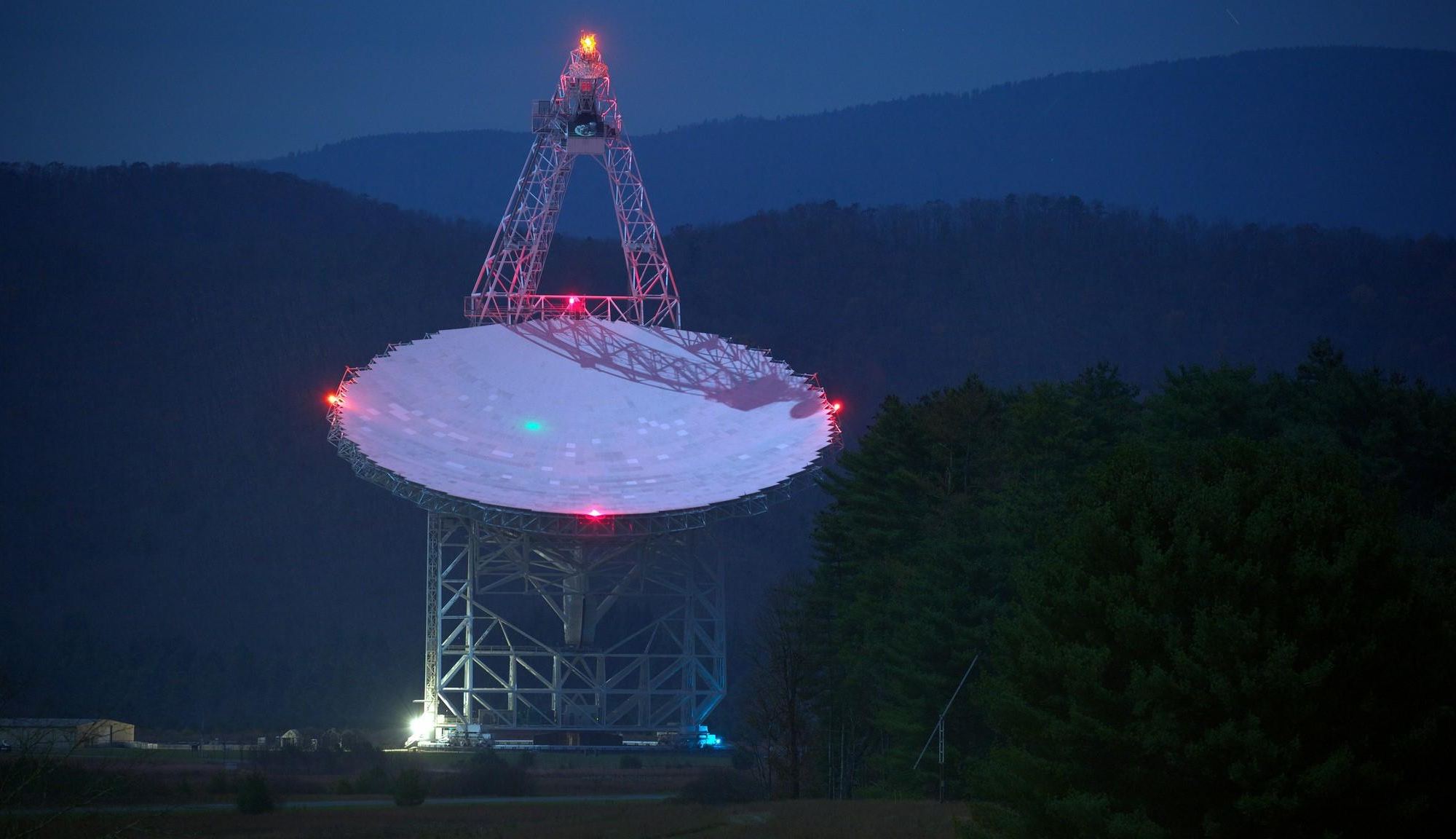As a field, the Search for Extraterrestrial Intelligence suffers from some rather significant constraints. Aside from the uncertainty involved (e.g., is there life beyond Earth we can actually communicate with?), there are the limitations imposed by technology and the very nature of space and time. For instance, scientists are forced to contend with the possibility that by the time a message is received by an intelligent species, the civilization that sent it will be long dead.
Harvard astronomers Amir Siraj and Abraham Loeb tackle this very question in a new study that recently appeared online. Taking their cue from the Copernican Principle, which states that humanity and Earth are representative of the norm (and not an outlier), they calculated that if any transmissions from Earth were heard by an extraterrestrial technological civilization (ETC), it would take about 3000 years to get a reply.
Continue reading “We’ll Have to Wait About 3,000 Years for a Reply From Intelligent Civilizations”








